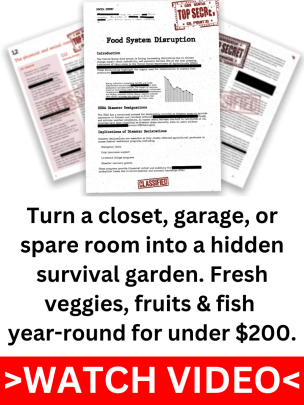Some summers back, I was camping in the Great Smoky Mountains when my weather radio blasted a tornado warning. The sky went dark fast, and the air turned still, felt like time slowed down. It serves as a warning of how quickly things can change. This tornado survival guide was created for just that reason, to ensure you have a backup plan in case the weather turns nasty while you’re out of town.
Getting Ready and Knowing the Signs
It’s not only wise but also essential to plan ahead when camping in tornado-prone areas. You have a better chance of surviving a tornado because they might appear suddenly. Don’t just glance at the weather prediction once and assume it’s accurate; check it again before packing. Check in regularly, and rely on sources like the National Weather Service. And be sure to pack a weather alert radio. Cell coverage isn’t always guaranteed while you’re out in the country, and your radio may be your sole source of information when it matters most.
Choosing the right campsite matters. Avoid spots with tall trees and loose rocks, those can become projectiles if the wind kicks up. Find a clear spot where you’ve got a view of the sky. Set up your tent so the smallest side faces the wind and anchor it well. But be realistic, no tent will hold up against a tornado’s force. The idea is to buy yourself some time if the storm comes your way.
You can tell before things get serious by looking at the weather, if you’ve spent enough time outside. One of the warning signals of nature is when everything becomes unexpectedly quiet. You also need to move if you see the sky turning green, hear the freight train sound, or see low-lying clouds spinning. A funnel cloud forming means you’ve only got seconds to take action. Tornadoes don’t waste time.
Know what steps to take if your shelter is compromised.
Though don’t rely on it, they usually move from the southwest to the northeast. Given their rapid direction changes, tornadoes are erratic in nature. Regardless of the size of the funnel, being aware of what you’re dealing with enables you to take appropriate action. If you spot one, don’t hesitate, move quickly.
Taking Action and Staying Safe
When you hear a tornado warning, every second counts. The safest place is a sturdy building, like a campground restroom or visitor center. Get to the lowest spot inside and stay away from windows and walls. Look for a ditch, ravine, or perhaps an underground culvert somewhere low where you can escape the wind and debris if there aren’t any buildings close by.
Staying in your vehicle is a mistake. Tornadoes can toss cars and RVs around like toys. And forget about overpasses, those winds can get even stronger underneath. If you’re caught outside, find the lowest ground, lie flat, and use whatever you’ve got, your backpack, sleeping bag, or even your hands, to cover your head. It’s not perfect, but it’s better than nothing.
Flying debris is the real danger in a tornado. Something as small as a branch can turn lethal when it’s flung around at high speeds. If you have a sleeping bag or blanket, use it as a shield while you lie low. Protect your head and neck, those are the critical areas.
Once the storm passes, take your time. Numerous risks are left behind by tornadoes, including broken power lines, water, and damaged trees or buildings. When you are positive it is safe, only depart from your refuge. Locate a safe haven or structure if you’re in a severely devastated area, then stay there until things get better.
When you return to your campsite, be on the lookout for live wires or broken branches, anything that could’ve been thrown around by the wind. And don’t wade through water; it could hide sharp objects or even live wires. Having a flashlight and first-aid kit in your pack is always a good move so you can navigate safely.
Stay one step ahead with essential preparedness tips.
If you’ve been camping long enough, you already know the value of planning your escape routes. When you set up camp, figure out the best paths to low-lying areas and walk through them with your group. Pick a spot where everyone knows to meet if you get separated, better to know ahead of time than scramble when things get rough.
Don’t overlook your emergency camping kit. A good kit should include a flashlight, extra batteries, water, your weather alert radio, and quick snacks like granola bars. Make sure your family’s and your pets’ belongings are packed if you’re bringing them along. It is not something you want to be unprepared for when the weather turns.
Camping Locations in the U.S(Low-Risk )
- Olympic National Park, Washington
- Yosemite National Park, California
- Acadia National Park, Maine
- Glacier National Park, Montana
- Adirondacks, New York
- Shenandoah National Park, Virginia
- Redwoods National and State Parks, California
If you’re looking for spots where tornadoes aren’t a big worry, these are solid choices. But wherever you go, remember, being prepared is your best defense when the weather takes a turn.




















